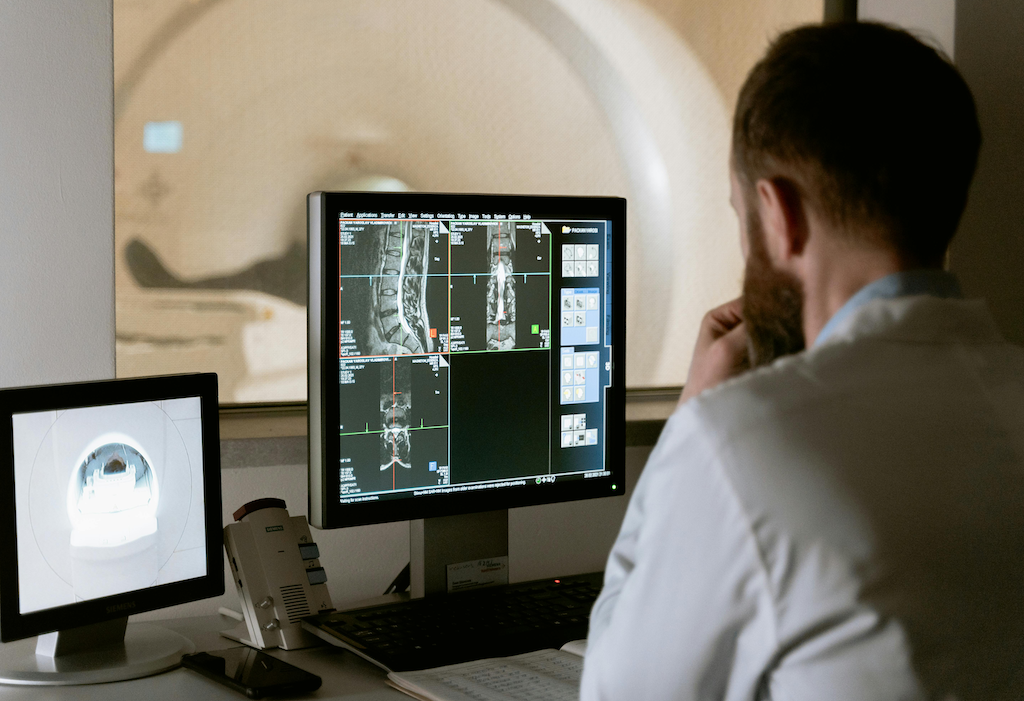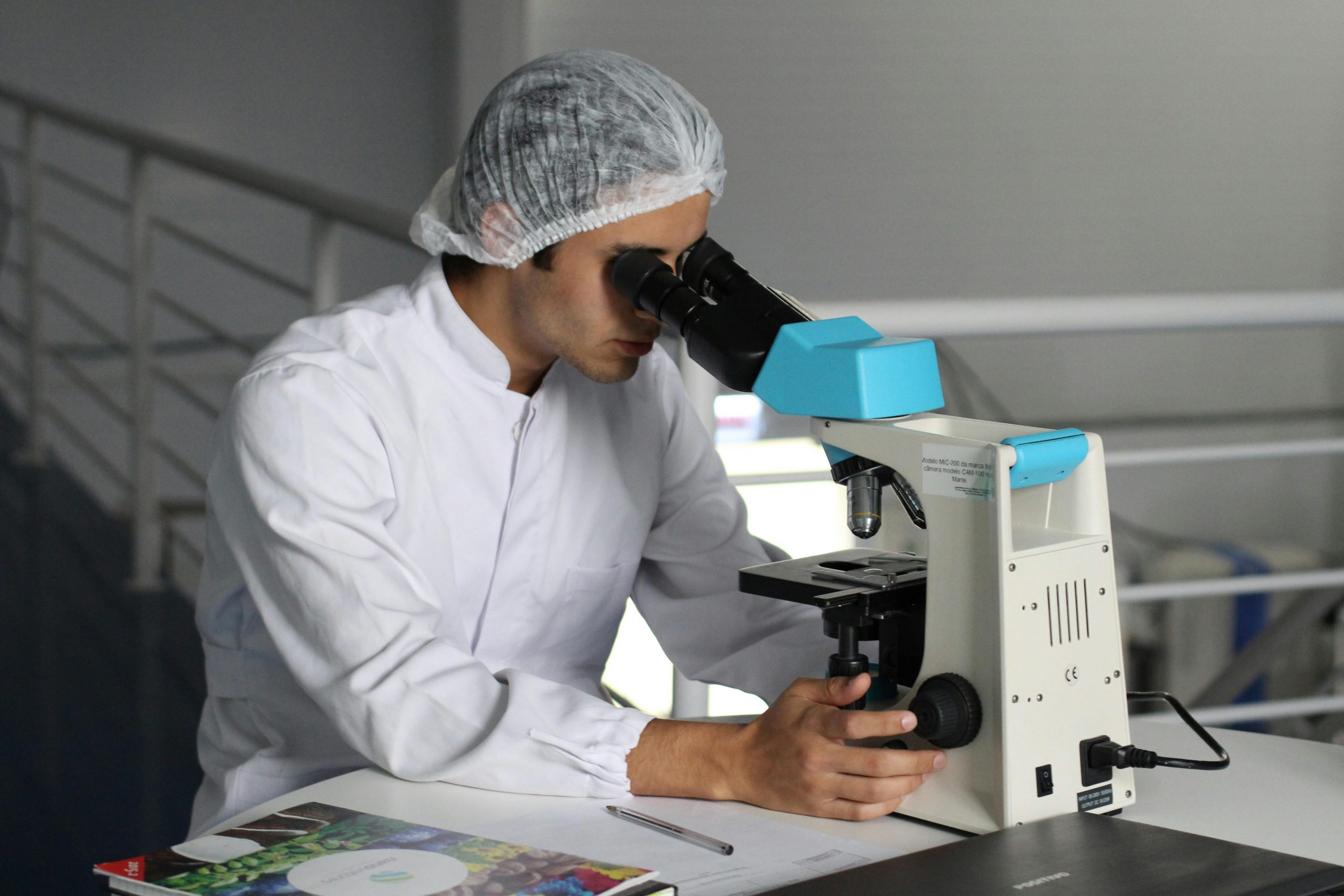Regenerative medicine is ushering in a revolutionary era in the treatment of chronic diseases, opening new avenues for therapies previously deemed unreachable.
Focused primarily on cell-based treatments and tissue regeneration through biomaterials, this field offers new hope to patients suffering from conditions once considered incurable.
Cell-based Therapies
Cell-based therapies represent a transformative approach in regenerative medicine, marking a significant shift from traditional treatments towards more personalized and effective interventions. These therapies leverage the unique properties of stem cells and other regenerative cell types to repair and replace damaged tissues, offering new hope for patients with various conditions, particularly those affecting the cardiovascular system.
The potential of cell-based therapies in treating cardiovascular diseases is particularly promising. Research has shown that these therapies can effectively regenerate heart tissue that has been damaged by myocardial infarction (heart attacks), a leading cause of morbidity and mortality worldwide. By directly addressing the underlying damage to heart tissue, cell-based therapies have the potential not only to improve heart function but also to reduce the risk of subsequent heart failure and other severe complications. This regenerative approach could radically change the prognosis for heart attack survivors, offering them a better quality of life and a reduced likelihood of recurrent cardiovascular events.
A pioneering effort in this domain is being led by Mayo Clinic, which employs cutting-edge biomanufacturing methods to develop next-generation therapies derived from biological systems, including cells, genes, and genetically modified cells.
Tissue Regeneration with Biomaterials
In the realm of tissue regeneration, the role of biomaterials is indispensable, serving as the foundation for repairing and rebuilding damaged bodily structures with remarkable precision and efficiency. Innovations in this field, particularly with hydrogels and nanomaterials, are at the forefront of scientific exploration due to their unique properties that mimic the natural extracellular matrix, providing a conducive environment for cell growth and tissue development. Hydrogels, with their high water content and flexibility, are being extensively researched for their ability to create a scaffold that supports the regeneration of soft tissues, such as nerve and cartilage, facilitating the restoration of function in damaged areas. Nanomaterials, on the other hand, offer unparalleled precision in targeting and repairing tissue at the molecular level, with their minuscule size allowing for the delivery of cells and growth factors directly to the site of injury. These materials are being developed to promote the regeneration of complex tissues, including bone, by providing the necessary cues for cell differentiation and tissue growth. Together, these advanced biomaterials represent a significant leap forward in the field of regenerative medicine, offering new hope for the effective treatment and recovery of patients suffering from a wide range of tissue injuries and degenerative conditions.
The Potential of Stem Cells
Stem cells are at the forefront of a transformative shift in regenerative medicine, particularly within the field of orthopedics, heralding unprecedented possibilities for treating conditions that were once deemed irreversible. These potent cells, with their remarkable ability to differentiate into various tissue types, are unlocking new pathways for the regeneration of cartilage and bone tissue, directly addressing the root causes of joint damage and degeneration. This breakthrough is especially significant for patients suffering from osteoarthritis and other degenerative joint diseases, where the loss of cartilage and deterioration of bone structure lead to pain, reduced mobility, and diminished quality of life. By harnessing the power of stem cells, medical researchers and clinicians are not only aiming to repair damaged tissues but are also working towards fully restoring the structural integrity and functionality of affected joints. This innovative approach promises not only to alleviate symptoms but also to offer a long-term solution that could potentially reverse the effects of degenerative conditions, thereby redefining the standards of orthopedic care and offering new hope to millions of individuals worldwide who are seeking relief from joint pain and disability.
Future Perspectives
Despite the fact that numerous regenerative therapies remain in the investigatory stages, their capacity to revolutionize medical treatment is substantial. The prospect of bringing regenerative therapies to the market, thereby addressing a wide array of diseases and health conditions, is increasingly within reach. This optimism is grounded in the relentless pursuit by researchers to unravel the intricate mechanisms of tissue damage and regeneration, efforts that are intimately connected to the burgeoning field of stem cell biology. The potential of these therapies extends beyond mere symptom management, aiming instead for the root cause of conditions, offering hope for definitive treatments and, in some instances, potential cures. As scientists continue to make strides in understanding how stem cells can be harnessed to repair or replace damaged tissues, the promise of regenerative medicine moves closer to becoming a cornerstone of healthcare, transforming patient outcomes and opening up new frontiers in medical science.
Conclusion
The progress in regenerative medicine is lighting the path toward the successful management and treatment of chronic illnesses previously considered beyond the reach of cure. Innovations in cell-based therapies and the development of cutting-edge biomaterials are pioneering unprecedented advancements in the repair and regeneration of damaged tissues. These advancements are not just scientific milestones; they are transformative changes that directly enhance the quality of life for patients, offering them new hope and possibilities. Crucially, the continuous research and development in this field are focused on unlocking the full therapeutic potential of these advanced treatments, with the goal of making them accessible to a broader patient population. This ambition represents a pivotal leap in the evolution of medical science and patient care, promising a future where regenerative therapies become a standard, rather than an exception, in the fight against chronic diseases.




